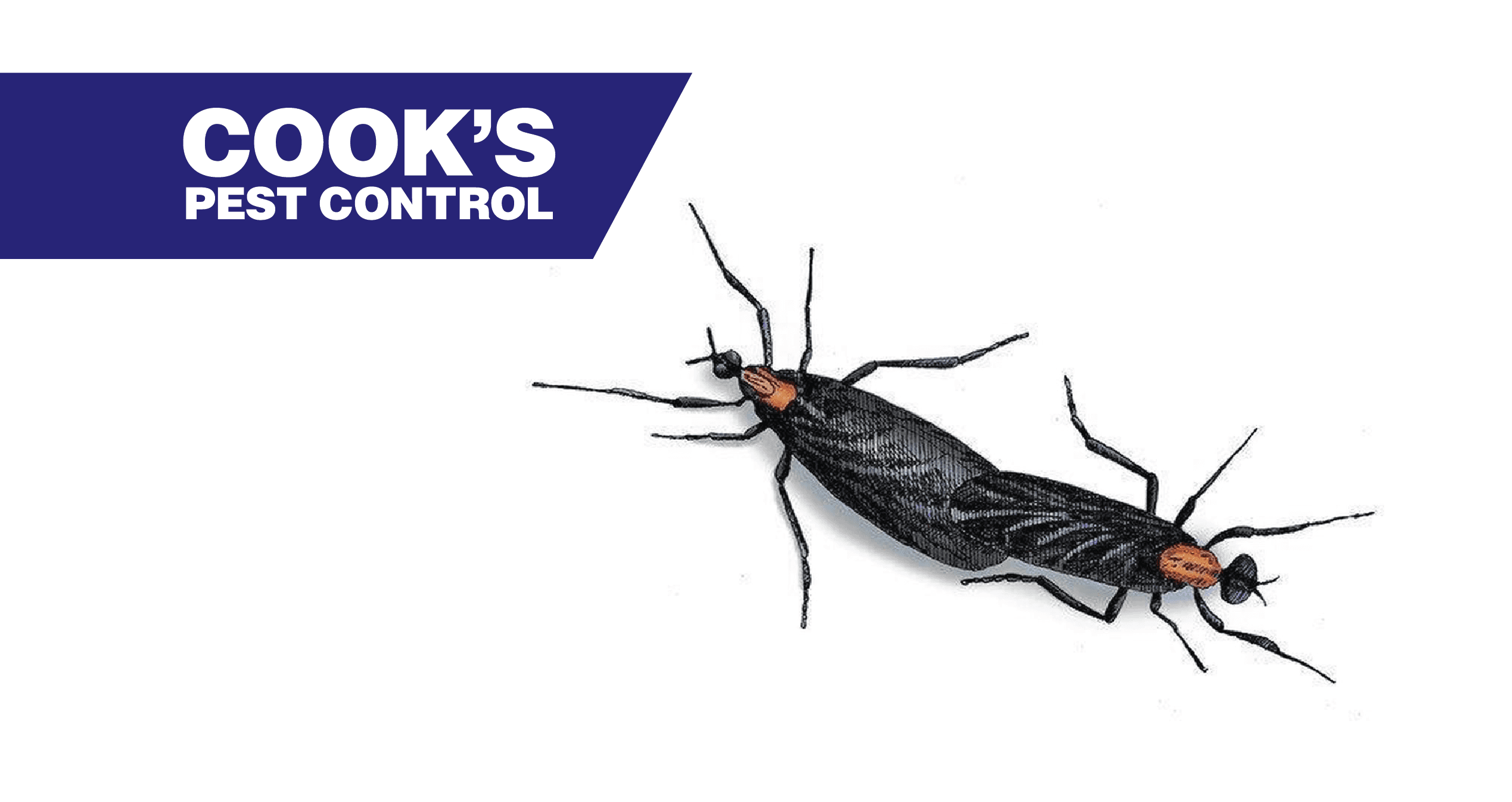Pest Profile: Lovebugs

Hearing the word “lovebug” may evoke the season of love and red hearts, but these critters don’t live up to their name. They are not exactly loveable, and many people find them detestable. The lovebug Plecia nearctica is a fly species that is particularly a nuisance to motorists when traveling through the southern United States. This fly is very common in Texas, Louisiana and other Gulf Coast states. It was first discovered in Florida in 1949. Rumor has it that the University of Florida entomologists introduced these pesky flies; however, this is not true, and it has been moving progressively from the Gulf Coast states. It is now established in Costa Rica, Guatemala, Honduras, Mexico and the southeastern U.S. (Alabama, Florida, Georgia, Louisiana, Mississippi, South Carolina, and Texas).
What is a Lovebug, Anyway?
Lovebugs are small black flies with a dull, relatively velvety appearance, except the area immediately behind the head (thorax) is red. The males and females of this species range in size. The males are smaller, ranging from 6-7 mm in length, and the females are longer, ranging from 6-9 mm in length. These unloving insects get their name “lovebug” because of their behavior of attaching to one another. Females of this species can live for a week or longer and mate with more than one male. The males and females are often seen attached to each other while flying and idling. In order to have a male attach to her, the female will fly through swarms of hovering males. The female will then be grasped by a male during flight or while she is on vegetation before flight. Females lay gray, irregularly-shaped eggs in or on the soil surface under the partially decayed vegetable matter. Their young lives and feed on decaying vegetation where the moisture is consistent and soil temperatures are favorable.
Although the larval stages help to recycle decaying vegetation into organic matter, adult lovebugs are a nuisance to motorists. Lovebugs are attracted to highways and spatter on the hood and windshield of vehicles. This causes a number of different issues. Under the hood, they can cause overheating of liquid-cooled engines by clogging radiators. Also, spattered lovebugs can reduce visibility on windshields and mirrors and can etch automobile paint because of their acidic body fluids. So as you can see, there isn’t much to love about lovebugs!
*TIP – If you find your vehicle in a buggy predicament, soak lovebugs with water for 5 minutes and follow with gentle scrubbing. Within 15-20 minutes that should remove most of the lovebugs without damaging your paint!
-Kristen Stevens, BCE
Commercial Pest Control Services Manager
